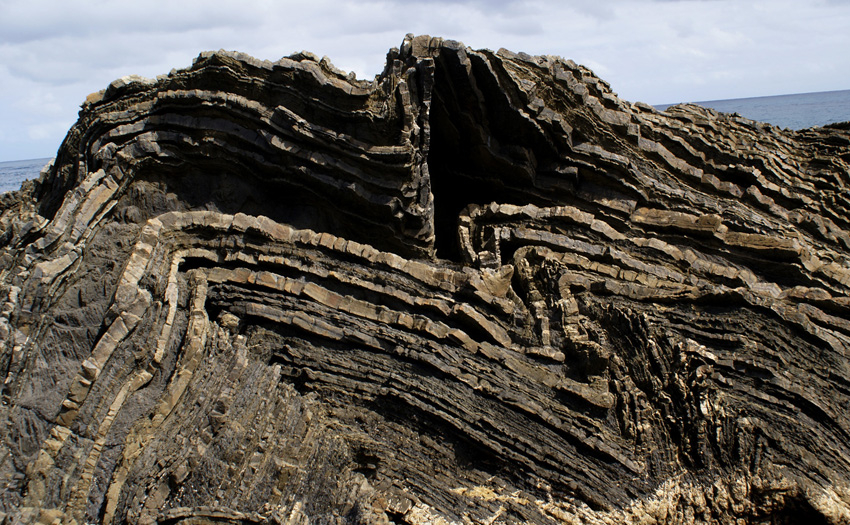Siem Reap has 98km of new roads and new sidewalks much of which has been paved with interesting felsic intrusive rocks from quarries in Shandong Province in China. The composition ranges from granodiorite to tonalite and is locally granophyric and pegmatitic. The intrusive consists dominantly of plagioclase, quartz, pyroxene and hornblende. Ovoid structures known as Miarolitic Cavities are evident in the sidewalks to the observant and indicates that the parental magma was hydrous.
Here we have attempted to reassemble a miarolitic cavity over ~1 metre of its length. Just bear in mind that this is dimension stone and its now the pavement. There are many places where there are a large number of slabs that are clearly related. Reassembling them is quite instructive and reveals much about the evolution of these structures.
We have previously published libraries of miarolitic cavities.
















